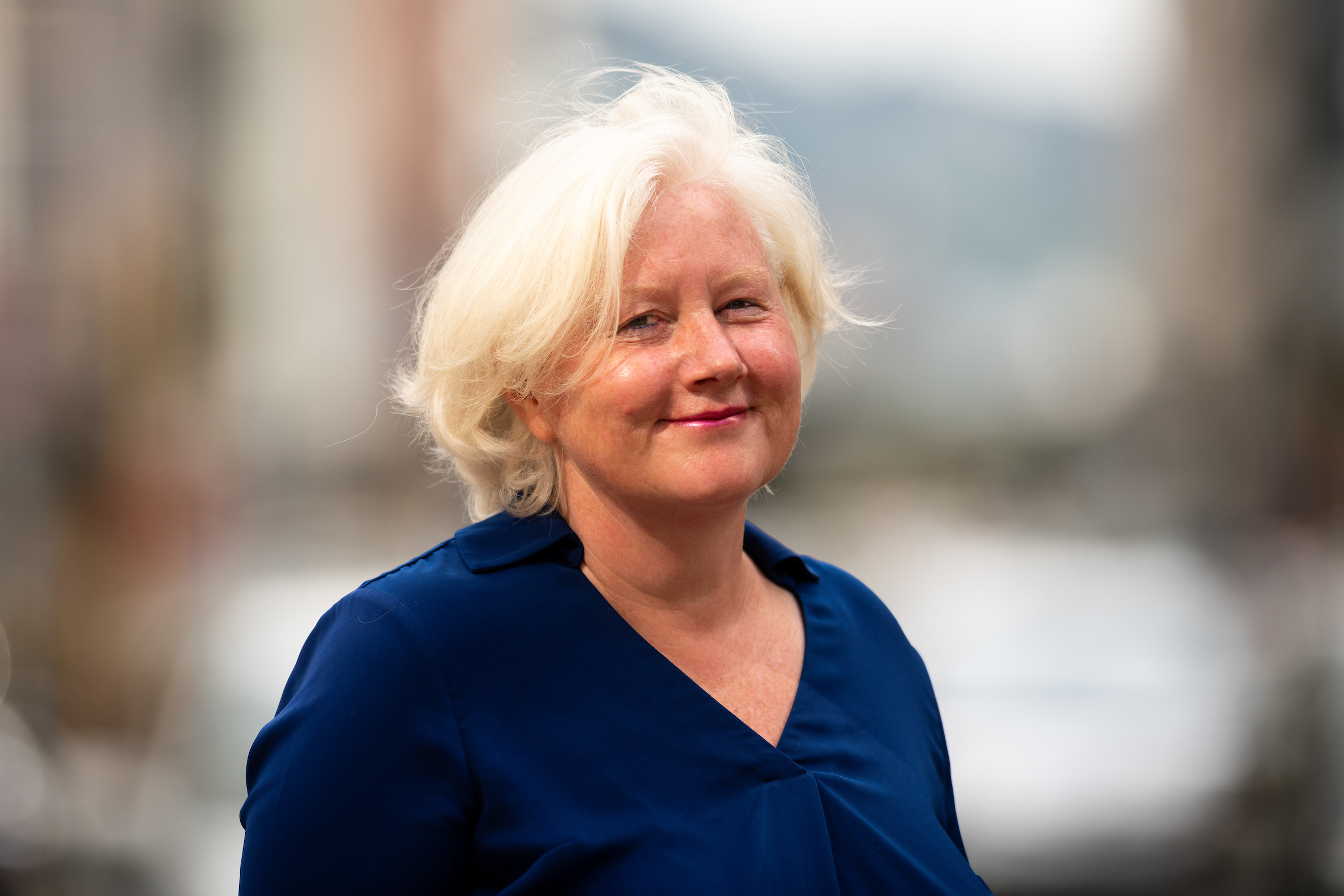Catherine McGrath, Chief Executive Westpac New Zealand
Most businesses trade with their customers on an immediate basis. Goods and services are provided in exchange for payment and the transaction comes to an end. Both parties wave goodbye and go on their way.
Banking is different. Because one of our core activities is lending money, our focus on our customer isn’t just the here and now, but for the life of their loan, which is often many decades.
For example, as a responsible lender, we want to know that our home loan customers will have future income to service their mortgage without putting them under strain.
Similarly, we want to know that business customers are investing in their people and infrastructure in a way that will stand the test of time, and they are operating their organisations in way that is tenable for years to come.
That’s why we look to the distant horizon, and encourage our customers to do the same.
Unfortunately, anyone with their eyes trained in that direction knows there is cause for concern.
Climate change will have increasingly severe environmental, social and health consequences, while the degradation of ecosystems, loss of biodiversity, food security issues and increasing scarcity of fresh water also present enormous challenges.
While the modern world is a wonderful place, it disappoints me that future generations will inherit a world that is pushing much of its natural capital to breaking point. My colleagues feel similarly, and we know things need to change.
That’s where doing business on the basis of the future, as well as the present, can be useful.
As a bank, we can use our power as a lender to get behind customers who, like us, take a long-term view and want to have a positive impact. We can also encourage and support those that are yet to respond adequately to the ESG risks in their industry to get on track.
In an effort to address the needs of our broadest customer base – households – we recently announced an ambition to lend $100 million interest-free to improve the energy efficiency of NZ homes through our expanded Westpac Warm Up loans.
However, while households are the largest part of our business by volume, businesses have greater individual environmental impacts.
And therein lies an opportunity. Whether it’s an energy company wanting to invest further in renewables, a retailer introducing new packaging, or a farmer transitioning non-productive land to regenerative bush, the banking sector can support them.
Sustainable finance is an increasingly popular way to achieve this.
Included under this umbrella are sustainability linked loans. This type of finance involves charging a discounted interest rate if a customer meets sustainability goals.
Writing it like that makes it sound easy. It’s not. We have a strong focus on making sure our sustainable finance products are based on robust, science-based modelling, and lead to meaningful outcomes that are independently verified by a third party.
In the past year Westpac NZ has signed $802m worth of sustainability-linked loans with organisations that included Pāmu, Genesis Energy, The Warehouse Group, Spark, Christchurch Airport and Metlifecare.
We’re also piloting Sustainable Agribusiness Loans. Customers will receive discounted lending rates when they commit to achieve on-farm sustainability outcomes that enable them to meet in full the Sustainable Agriculture Finance Initiative guidance.
The guidance, initiated by the Aotearoa Circle, is important because it provides a credible, universal and transparent starting point from which to work from.
Similarly, the Task Force on Climate-Related Financial Disclosures enables banks and other financial service providers to provide information to the market in a way that is timely, accurate and easily comparable, so that climate risk can be efficiently managed and priced in.
We’ve also just signed up to the Net-Zero Banking Alliance through Westpac Group, were a founding member of the Climate Leaders Coalition and are of course a member of the Aotearoa Circle and support Toitū Tahua Centre for Sustainable Finance. These collaboration platforms are incredibly important for bringing together the public and private sector organisations with common aspirations, so they can work alongside each other on initiatives in an apolitical and non-competitive way.
If there is a risk to this approach, it’s that some groups perceive these collective bodies are not moving quickly enough to address the problems we know need fixing.
However, tangible and visible change is underway. To give one example, upon joining the Net-Zero Banking Alliance, Westpac Group announced its first specific emission reduction targets relating to its lending to the power generation, upstream oil & gas and cement production sectors. Other signatory banks will soon be doing the same.
We’re working with a small number of customers in New Zealand in these sectors to establish how they’re managing climate-related risk and what they’re doing to decarbonise. Many are already on a journey to reduce their climate impact and transition to a net zero 2050, so our latest discussions build on the work underway.
This type of conversation – driven by setting our new Net-Zero Banking Alliance targets – again demonstrates how banks’ long relationships with customers provide us with a unique opportunity for us to work with them on positive transition plans.
Because as much as banks are interested in how your business is looking today, we’re just as curious about what it will look like tomorrow.






